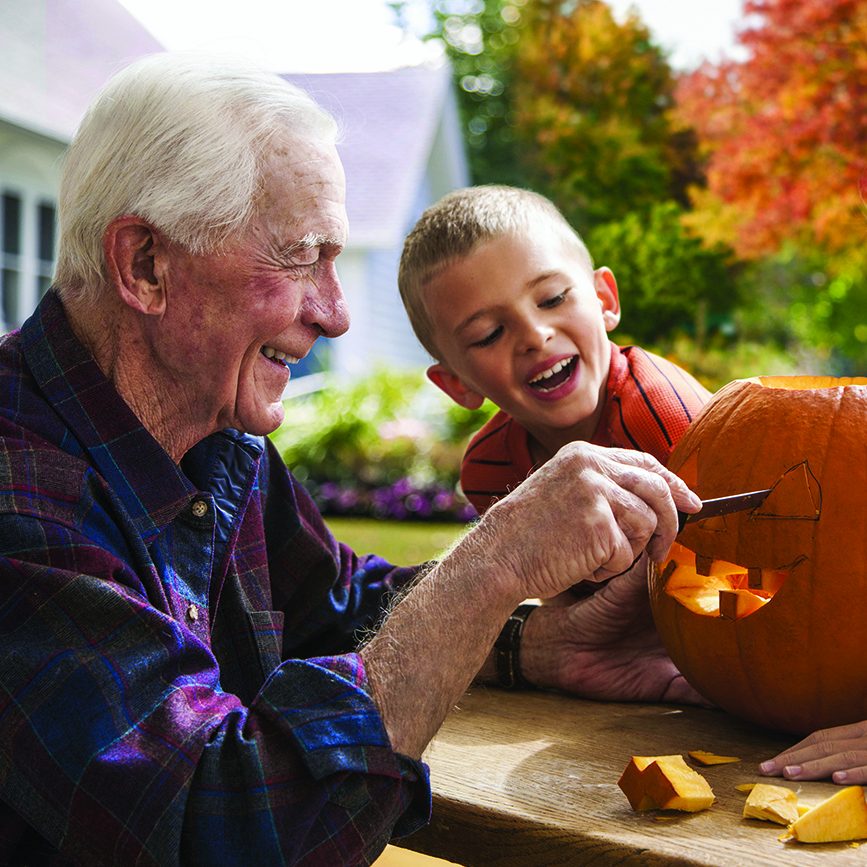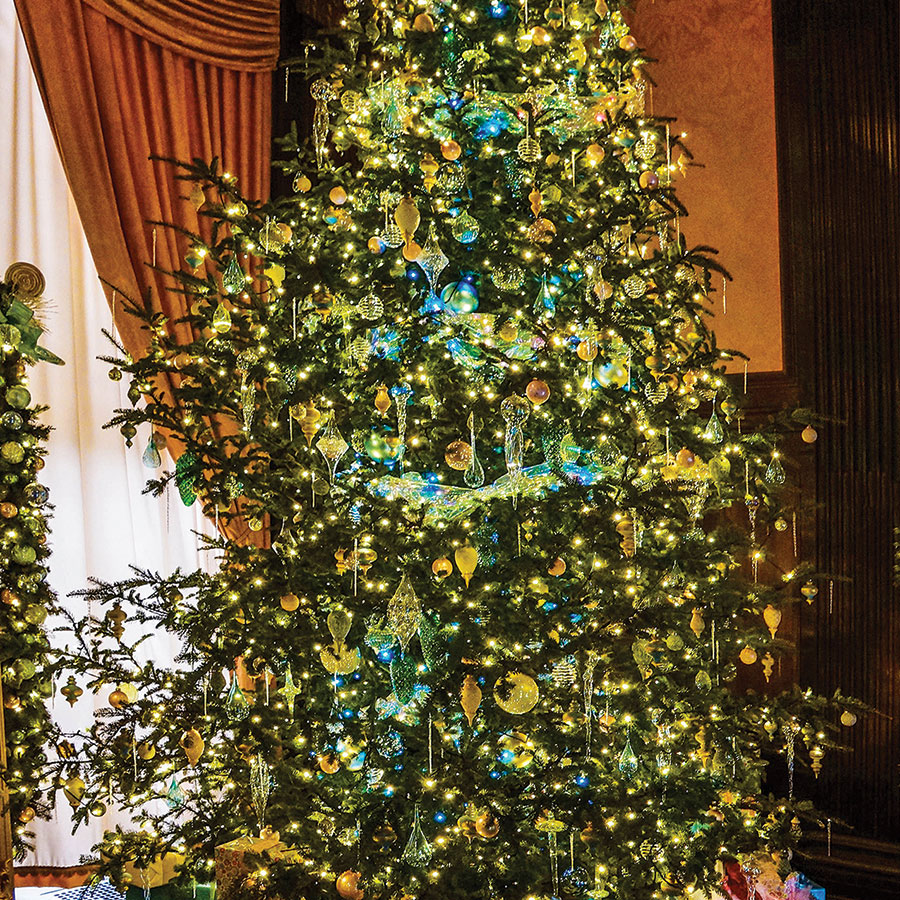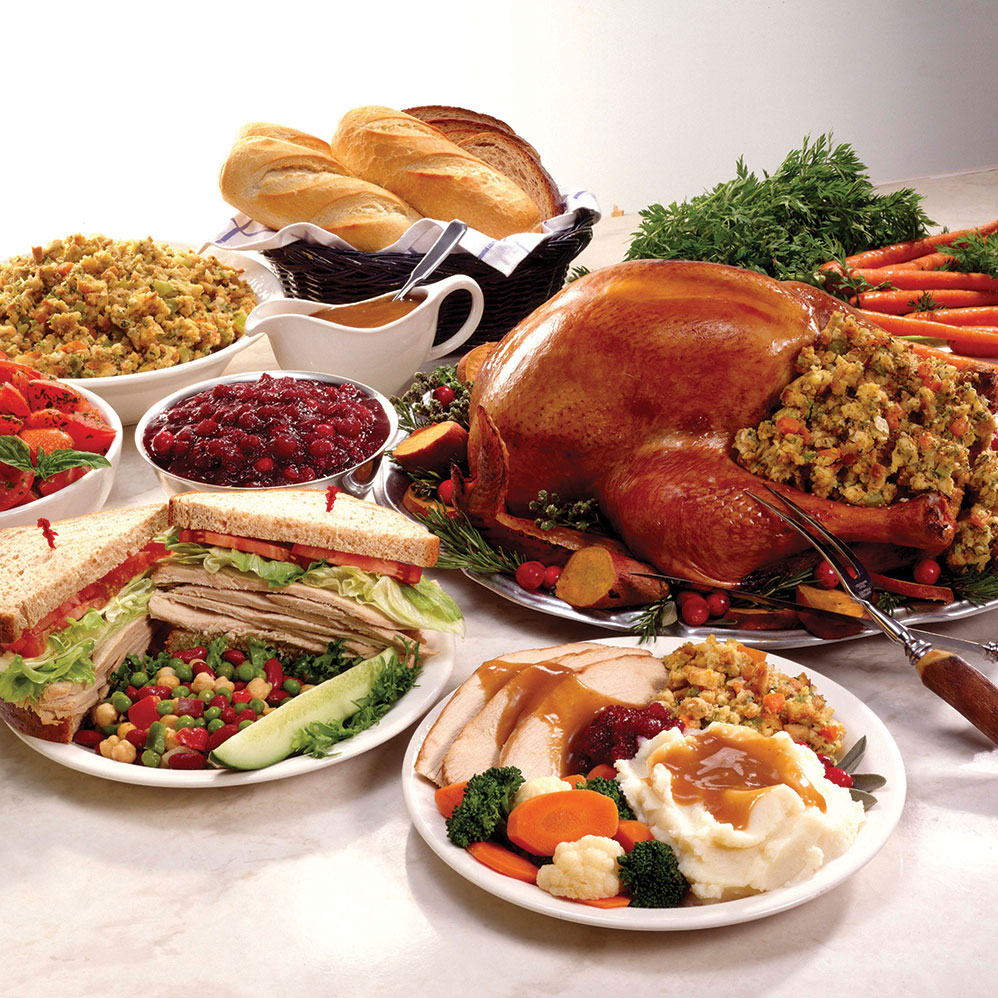As with many celebrations, Halloween is steeped in traditions – many of which can be traced back quite some time. Since Halloween is believed to have originated from Celtic pagan, ancient Roman and early Christian events, its traditions are varied. The following is a deep look at some old traditions associated with Halloween.
Bonfires
Historians trace many traditions of Halloween to a Celtic holiday known as Samhain (pronounced sow-in). The Celts lived 2,000 years ago in parts of what is now Northern France, Great Britain and Ireland.
During Samhain, people believed that the door between the worlds of the living and the dead was blurred. On Samhain, Celts believed the ghosts of the dead returned. Also, Druids made predictions about the future at this time of year. It was customary to build large, sacred bonfires and burn crops and other sacrifices to the Celtic deities.
While large bonfires are not typically part of Halloween celebrations today, revelers can light fire pits in their yards that are reminiscent of ancient celebrations.
Trick-or-Treating
Christianity spread throughout Celtic regions and blended with other rituals. Pope Gregory III expanded on a holiday Pope Boniface IV established to honor Christian martyrs to include all saints and martyrs. All Saints Day on November 1 commemorates the venerable saints, and All Souls Day on November 2 celebrates loved ones who went on to eternal rest. All-Hallows Eve (Halloween) was a time to pay homage to the dead. Poor children would go door to door in more affluent neighborhoods offering to say prayers for residents’ deceased loved ones in exchange for some food or money. This was known as “souling,” which became the basis for trick-or-treating. Later the tradition became known as “guising” in areas of Scotland, where children would go around in costumes.
Witches
Images of witches riding broomsticks are everywhere come Halloween, and witch costumes remain a standard. Almanac.com indicates that, during the Middle Ages, women who practiced divination were dubbed “witches,” from the Anglo-Saxon word “wicce,” or “wise one.” It was believed the witches could go into a trancelike state, and would do so in front of their fireplaces. Superstitious people believed the witches could fly out of their chimneys on broomsticks and terrorize others with magical deeds.
Bobbing For Apples
Bobbing for apples is not quite as popular as it once was, as more people have become concerned about spreading germs. During the Roman festival for Pomona, which occurred around November 1, Pomona, the goddess of fruit and orchards, was celebrated. Romans believed the first person to catch a bobbing apple with his or her teeth would be the first to marry. It also was believed apple peels contained the secrets to true love.
Carving Pumpkins
Removing the insides of pumpkins and carving them into funny or fearsome faces may be messy work, but it’s tradition on Halloween. Turnips were the material of choice in ancient Ireland, but were replaced by pumpkins when immigrants came to America. The “lanterns” were made with scary faces and lit to frighten away spirits.
Halloween is full of traditions, many of which have lengthy histories.













